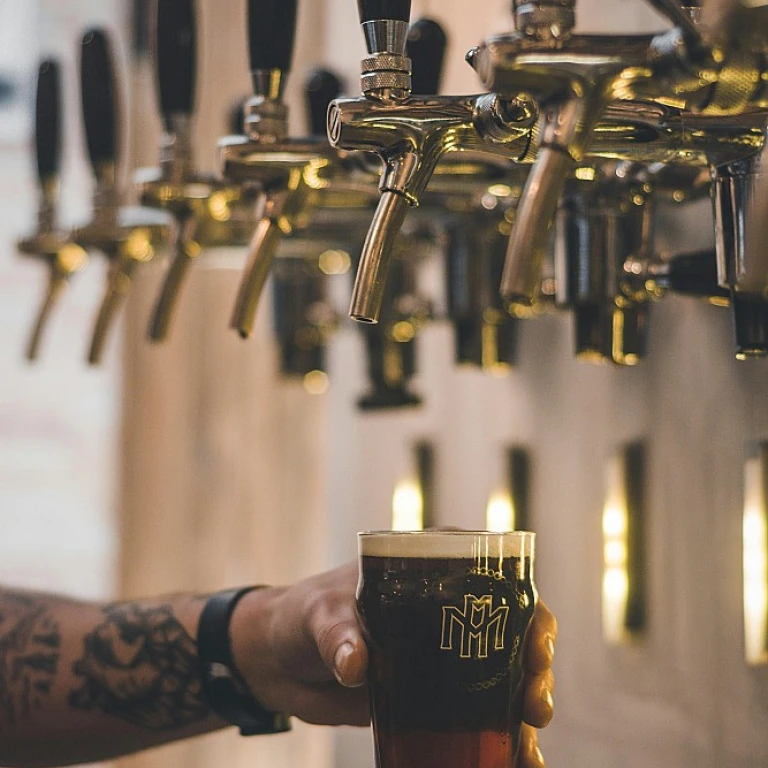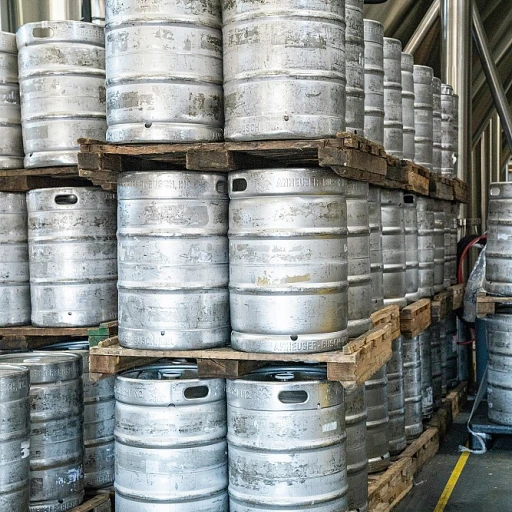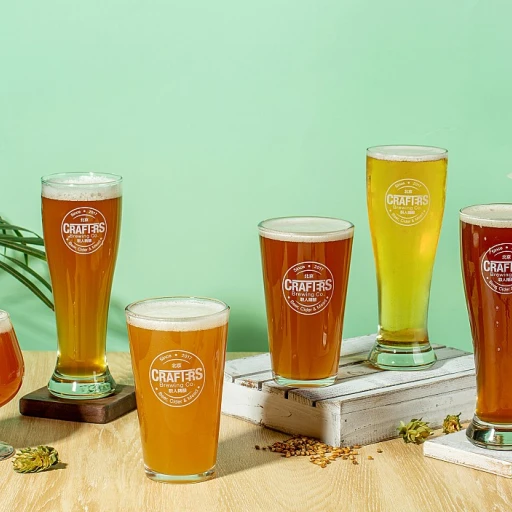
A Brief History of Asian Beer
The Intriguing Origins of Beer Brewing in Asia
The history of beer in Asia is as intricate and diverse as the continent itself. While Asia may not be the first place that comes to mind when one thinks about beer, its brewing culture dates back thousands of years. Fascinatingly, the traditional brewing methods employed by early Asian civilizations have left an indelible mark on the region's beer industry. Asian beer's roots can be traced back to ancient times when grains were cultivated for purposes beyond just sustenance. In parts of China, for instance, evidence suggests that rudimentary forms of beer were being brewed from millet alongside rice, foxtail, and barley. These discoveries hint at a vibrant and innovative brewing culture long before the influence of Western techniques. In Japan, sake may be the national drink, but beer’s rise to prominence started in the late 19th century. Early brewers were deeply inspired by German traditions, and the influence is still evident in contemporary Japanese beer flavors. Meanwhile, Korea developed its brewing practices, creating unique fermented beverages that would pave the way for today’s popular beer products. For those interested in the roots of beer beyond Asia, the original standard bearers of beer offer an insightful exploration into ancient brewing traditions. Ultimately, understanding the origins of Asian beer provides a window into the rich tapestry of cultural exchange and adaptation. The continent's brewing journey is palpable in the many popular Asian beer brands that continue to evolve, offering whimsical tastes and cultural narratives that captivate beer enthusiasts worldwide.Popular Asian Beer Brands and Their Unique Offerings
Renowned Beer Labels and Their Distinct Flavors
Asian beer brands have carved out a unique space in the global beer market, offering distinctive tastes and brewing techniques that reflect the rich heritage of their regions. Let's take a look at some of the most popular Asian beer brands and what makes them stand out.
- Asahi: Originating from Japan, Asahi Super Dry set a new standard for Japanese lagers with its crisp and refreshing taste. Unlike traditional lagers, it boasts a clean, dry finish that pairs perfectly with sushi and seafood dishes.
- Tiger Beer: Hailing from Singapore, Tiger Beer is known for its pale lager, which offers a smooth, well-balanced flavor with hints of malt and hops. Its easy-drinking profile has garnered a loyal following across Asia and beyond.
- Kingfisher: This iconic Indian beer is celebrated for its refreshing taste and smoothness. Kingfisher Lager's slightly sweet, malty flavor makes it an ideal companion for spicy Indian cuisine. Learn more about this popular beer label in our in-depth article.
- Chang Beer: A popular choice in Thailand, Chang Beer offers a light and crisp taste with a mild malt aroma. It’s a versatile beer that complements a wide range of Thai dishes.
- Snow Beer: As China's best-selling beer, Snow Beer is noteworthy for its light-bodied and mildly sweet flavor. Despite its massive production scale, Snow Beer is designed to be consistently refreshing and approachable.
- Kirin Ichiban: Another prominent Japanese label, Kirin Ichiban utilizes a unique first-press brewing method to extract maximum flavor from malt. This produces a rich, malty taste that's both smooth and full-bodied.
Asian beer brands continue to expand their influence worldwide, combining traditional brewing methods with modern innovation. If you're curious about another beer culture, check out our exploration of Italian beer and broaden your beer knowledge even further.
The Art of Brewing in Asia
Brewing Techniques Across Asia
Asian beer brewing brings a fascinating blend of ancient practices and modern innovations. Beer brewers across the continent creatively infuse their cultural heritage and local ingredients into brewing processes, resulting in a diversity of flavors and styles. One traditional approach you might come across is the use of rice in beer, a versatile ingredient in Asian cuisine. This method brings a lighter, crisp quality to many Asian lagers, widely favored for their refreshing taste. Meanwhile, innovations such as using fruits native to the region—like yuzu or lychee—are becoming increasingly popular, adding exotic notes and key differentiators to their craft beers. Region-specific yeasts also play a crucial role in defining the taste profiles of many Asian beers. In Japan, Koji mold is instrumental in brewing sake, and its distinctive fermentation qualities are sometimes employed in the beer brewing process as well, contributing to unique flavor horizons. A growing trend in Asia is the rise of microbreweries, experimenting with new and bold flavors, while often paying homage to traditional brewing methods. This blend of old and new techniques significantly broadens the spectrum of taste and experience for beer enthusiasts. For those looking to taste these unique offerings, you might find it challenging to locate them due to limited distribution outside Asia. For instance, Canadian brewery Dieu du Ciel has an intriguing reputation for experimenting with flavors, just as these innovative Asian brewers do. If you're curious about such unique beers, here's where to buy Dieu du Ciel cans in Montreal, which is a great place to start exploring unique beer experiences.Pairing Asian Beers with Food
Enhancing Culinary Experiences with Asian Brews
Asian beers boast unique flavors and characteristics, making them excellent choices to complement various dishes. Pairing these brews with the right kind of food can enhance the dining experience, offering harmony and balance to the palate.- Japanese Beers: Typically light in taste, Japanese lagers such as Asahi, Sapporo, and Kirin Ichiban, pair well with sushi and sashimi. Their crisp and clean profiles match the delicate flavors of fresh fish without overpowering them.
- Chinese Beers: Tsingtao and Snow are notable examples of Chinese beers that can be paired with classic Chinese dishes like sweet and sour pork or kung pao chicken. Their slightly hoppy yet mild character complements the savory elements of these meals, offering a refreshing counterbalance.
- Indian Brews: Indian beers like Kingfisher go exceptionally well with spicy foods, as their cooling effect can soothe the heat from dishes like curry or tandoori. The mild bitterness helps cleanse the palate between spicy bites, enhancing the savory spices.
- Thai and Vietnamese: Beers such as Singha from Thailand and 333 from Vietnam are excellent with tropical, spicy dishes like Thai green curry or Vietnamese pho. Their light and crisp nature cut through the rich flavors, making each bite a cohesive experience.













